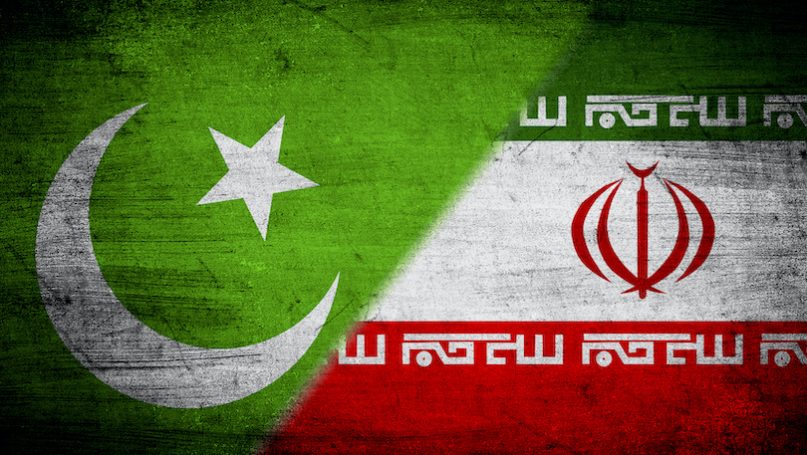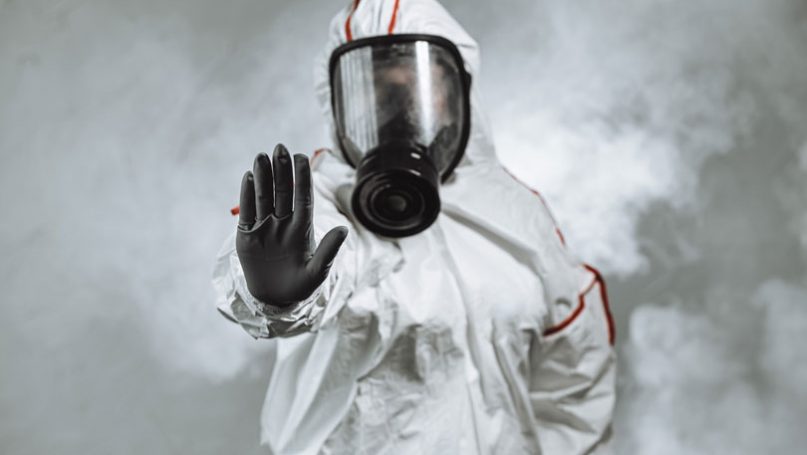By Anthony H. Cordesman
Over a period of a little more than a month, the U.S. has gone from a mixture of competition and cooperation with China to direct confrontation. This confrontation has also focused largely on the civil level – more specifically on ideology, economics, industrial espionage, cyberattacks on civil networks and databases, and disinformation campaigns.
Top Administration officials have given five major speeches which assert that China can no longer be treated as a state evolving towards a more liberal power that will pursue security and economic objectives on terms the U.S. and other states can accept. These speeches assert that China has become an authoritarian state that is driven by a Communist ideology, is seeking to become the world’s dominant power, and is using methods of competition that are illegal and violate international norms.
Secretary of State Pompeo made this clear in the last – and most definitive – of these five speeches by stating that,
… we have to admit a hard truth. We must admit a hard truth that should guide us in the years and decades to come, that if we want to have a free 21st century, and not the Chinese century of which Xi Jinping dreams, the old paradigm of blind engagement with China simply won’t get it done. We must not continue it and we must not return to it.
… We opened our arms to Chinese citizens, only to see the Chinese Communist Party exploit our free and open society. China sent propagandists into our press conferences, our research centers, our high-schools, our colleges, and even into our PTA meetings…We marginalized our friends in Taiwan, which later blossomed into a vigorous democracy…We gave the Chinese Communist Party and the regime itself special economic treatment, only to see the CCP insist on silence over its human rights abuses as the price of admission for Western companies entering China.
… we have to keep in mind that the CCP regime is a Marxist-Leninist regime. General Secretary Xi Jinping is a true believer in a bankrupt totalitarian ideology. It’s this ideology, it’s this ideology that informs his decades-long desire for global hegemony of Chinese communism. America can no longer ignore the fundamental political and ideological differences between our countries, just as the CCP has never ignored them.
 PUNE, India — In early May, an extremely well-sealed steel box arrived at the cold room of the Serum Institute of India, the world’s largest vaccine maker.
PUNE, India — In early May, an extremely well-sealed steel box arrived at the cold room of the Serum Institute of India, the world’s largest vaccine maker.













